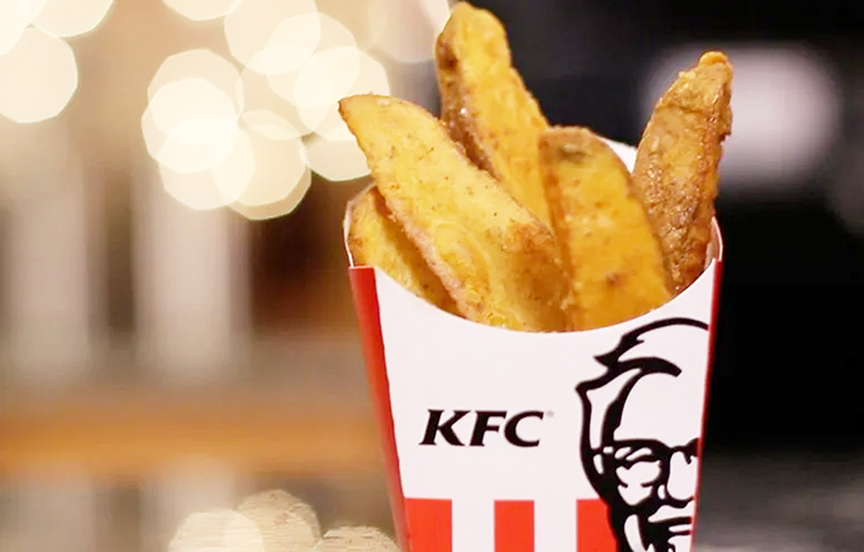
By David Peel
1. Trying too hard: Honest people expect that to be believed. If someone says phrases such as “to be honest” or “I swear I’m telling the truth” that could clue you in that they are lying. Honest people don’t feel the need to convince you of their honesty.
2. Giveaway body language: Self-Soothing behaviors. Some may hide their hands completely in pockets etc. But if you can see their hands, notice if they are rubbing their fingers together or rubbing their thighs. If their arms are crossed notice if they are rubbing the backs of their elbows. You can watch videos of Bill Clinton rubbing his thumb on the top of his fist when he lies about infidelity.
3. Facial changes: clenched jaws, flared nostrils, lip biting, rapid blinking, looking away or down, sweating or blushed cheeks as anxiety may set in.
4. Speech tone changes: a higher or lower tone or speed may be detectable. They may feign anger or offense and get loud.
5. Details? They may become more detailed than usual, including very specific information. They may become very detailed about certain things including who saw them at a certain spot or someone that can back up an alibi.
6. Cover up: liars often cover their mouth or eyes with their hands, or close them altogether.
7. Distancing: they tend to avoid using the words “I” or “me” when they are in the midst of a lie. Sometimes they will speak about themselves in the third person by saying things like, “this girl.”
8. Hypotheticals. The most common example of this is when the police ask a person, “can you imagine any scenario where we would find your DNA in her car? And then he will construct an elaborate scenario, hypothetically, to try to explain DNA in her car. (He may not realize the police can lie to him about whether that’s present.)
9. Rehearsed stories: they will not pause for a moment and think about it. Listen for rehearsed answers, with immediate answers to everything without pausing to think.
If you think they are lying, here are a couple ways you might can break through the lies:
1. Some research has suggested that asking people to report their stories in reverse order rather than chronological order can increase the accuracy of lie detection. Verbal and non-verbal cues that distinguish between lying and truth-telling may become more apparent as cognitive load increases. Lying is more mentally taxing than telling the truth. If you add even more cognitive complexity, behavioral cues may become more apparent. Not only is telling a lie more cognitively demanding, but liars typically exert much more mental energy toward monitoring their behaviors and evaluating the responses of others. They are concerned with their credibility and ensuring that other people believe their stories. All this takes a considerable amount of effort, so if you throw in a difficult task (like relating their story in reverse order), cracks in the story and other behavioral indicators might become easier to spot.
2. Mention that you have already talked to their friend or seen a video. Watch their reaction.
Peel seeks justice for those injured in tractor trailer and car accidents, medical malpractice, and disability. He often addresses churches, clubs and groups without charge. Peel may be reached through PeelLawFirm.com wherein other articles may be accessed.






